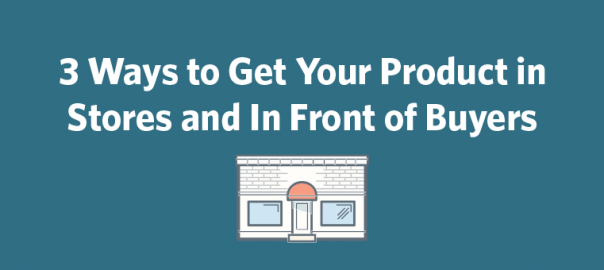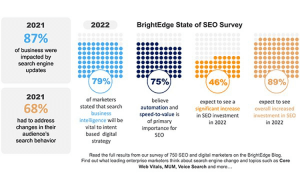
Does your small business sell a product or service that needs to get in front of a larger audience, or find its way into more stores?
Maybe you’re trying to sell it online right now, but you just aren’t connecting with customers. You’ve tried search engine optimization (SEO) and maybe even Adwords in your small business, but the search volume just isn’t there to drive the amount of traffic you need.
You need a different approach. Here are three strategies that are proven small business winners and the tricks you need to know to pull them off:
1. Traditional media placement.
Magazines and television will create awareness of your product. However, you really need to do your homework and be totally persistent (read: pesky). The key is to be familiar with when and how they feature products like yours in their publications or programming.
It also helps if you can cleverly come up with angles that make your products “fit the mold” that they will be looking for. For example, why would your product (or service) make a great graduation gift? You need to contact editors and producers (repeatedly) pitching your idea.
Here’s a tip for the major magazines that almost no one outside of Madison Avenue knows: Many publish their editorial calendars online! For example, check out the 2015 editorial calendar for Forbes Magazine. Search Google for the magazine editorial calendars that would best fit your product or service.
If you can’t find the editorial calendar of a magazine that would be ideal for your small business’s product, go to a library and have the librarian bring you a year’s worth of the magazine so you can do your research the old fashioned way.
2. Get it into the hands of bloggers.
The same way you research traditional publications, research bloggers and online publications. In these kinds of strategies, the key is to do all the hard work yourself. Show people exactly how your product or service is something their audience will appreciate learning about.
It is well worth the investment to hire a professional photographer experienced in product shoots to put together a portfolio for you. Editors and bloggers travel the path of least resistance. If they have to bust their buns to feature items from your small business, they’ll probably pass.
3. Research where similar products are sold and set up a sales funnel.
If your product is like others on the market, or sold in places where certain other products are always sold, look those products up online. Often the websites of the symbiotic products will have a “Where to buy” page. Note all of those places and explore their websites.
After doing some research, you should be able to identify a list of prospects that you can look to build relationships with. After making an introduction, look for opportunities to get these prospective buyers onto your email list.
You can create an automated email series to nurture these relationships over time. Keep track of where everyone is in your sales funnel and make improvements on it as you gain more experience or sales history.
If you’re willing to invest the sweat equity in these strategies, they will pay off.
When your small business sells something that doesn’t have a huge search volume, you need to get it into people’s hands or in front of their noses.
One last thing: once you start getting attention from the traditional media and bloggers, it will be easier to get more onboard, so don’t give up if it’s tough going at the start!
Business & Finance Articles on Business 2 Community(57)







